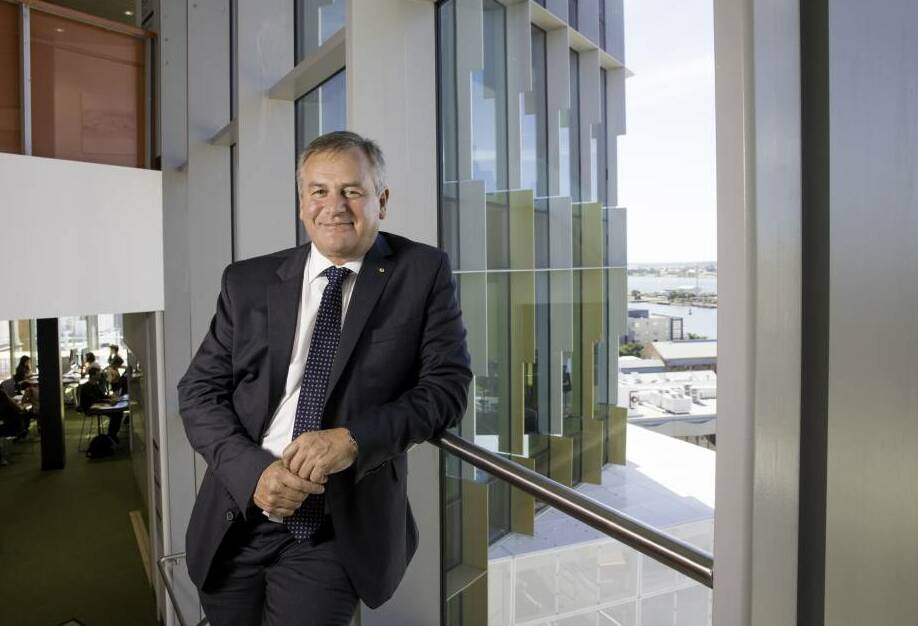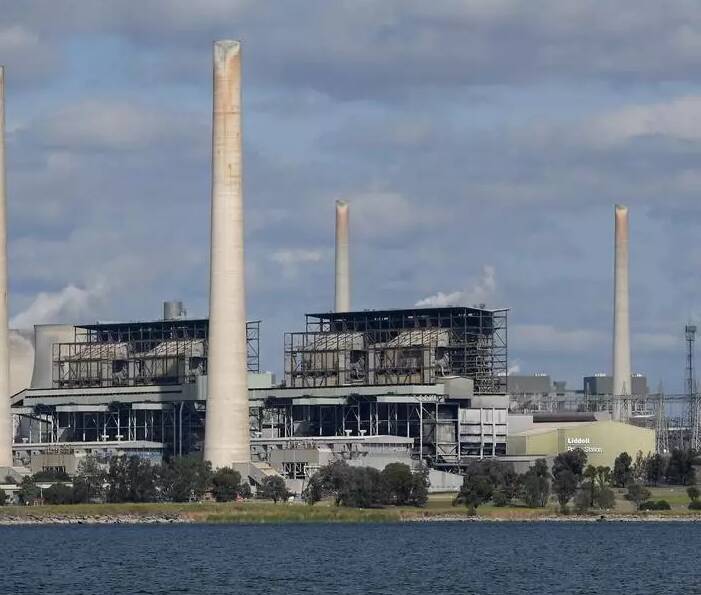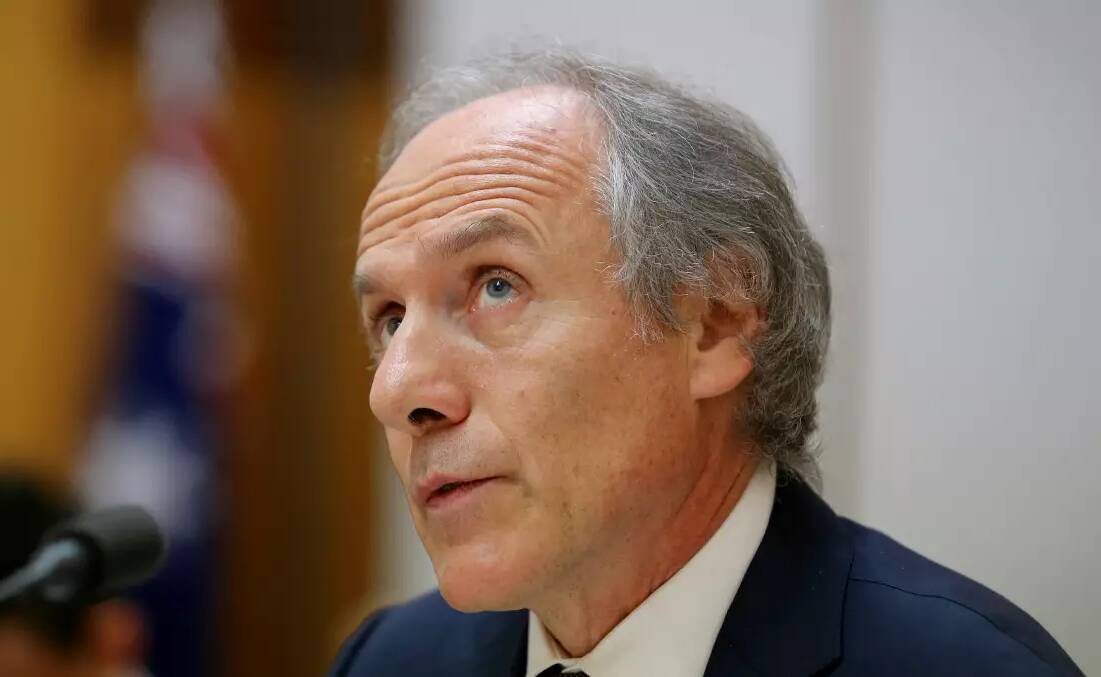
University of Newcastle Vice Chancellor Alex Zelinsky says building a nuclear power station in the Hunter would take at least two decades and would not assist the region's clean energy transition.
Opposition Leader Peter Dutton said this week that the Coalition's energy plan, which will be released soon, would likely include six nuclear sites.
Eraring Power Station at Lake Macquarie, which is due to close next year, is another potential location.
Neither AGL, which operated Liddell or Origin Energy, which operates Eraring, have commented on the Coalition's nuclear plans.
Professor Zelinsky said it was naive to think that simply lifting the ban on the production of nuclear energy in Australia would solve the challenges associated with the clean energy transition.
"Nuclear technology is obviously being used; we have a nuclear reactor at Lucas Heights. But if people think all we have to do is lift the ban on nuclear energy production before we can start producing nuclear power they are mistaken," Professor Zelinsky who previously served as Australia's chief defence scientist, said.
"There's a lot of infrastructure that would need to be built, a workforce would have to be trained. It's a 20 year vision."

"There's also talk of small nuclear reactors but not one of them has been commissioned. You have got to be practical and understand there is no easy fix here."
His comments were backed by former chief scientist, Alan Finkel, who said it was highly unlikely that Australia could open a nuclear power plant before the early 2040s.
"Wherever you look around the world it takes a long time; there are plenty of reasons to bolster the case that it would take at least 20 years," he said.
"Wind and solar are being rolled out but it's not happening any quicker than it was when the Coalition was in government, despite the efforts of the state and federal governments.
"The slowest part of the transition is just getting landholder permission and support from environmentalists."

The opposition is expected to release its energy policy ahead of the federal budget in May, with the plan likely to include overturning the moratorium on nuclear technology and possible sites for reactors on old coal station locations to take advantage of existing transmission infrastructure.
Mr Dutton said earlier this week that the coalition would seek a social licence by incentivising close-by communities with subsided energy, a model he said was used in the United States.
"It provides an incentive for industry and jobs to be created within those markets, and that is part of the consideration," he said.
Professor Zelinsky said he believed gas technology was the best way to support renewable technologies in the short to medium term.
"We have companies like MCi Carbon that are doing exciting work on carbon capture. You could probably do something around making the footprint of gas-fired power stations as low as possible."
He also called for more research into the Hunter's potential to host offshore wind.
"In the Hunter we don't have huge areas to put solar farms so we need wind as well. That's why it's important to look at offshore wind," he said.
"There are people who are worried about its effect on sea life. Well, let's do the research on that before we rule things in or out."







